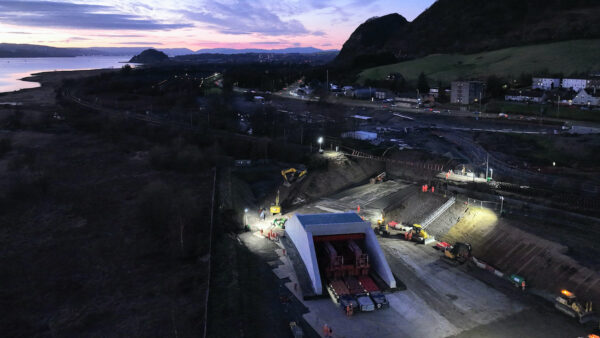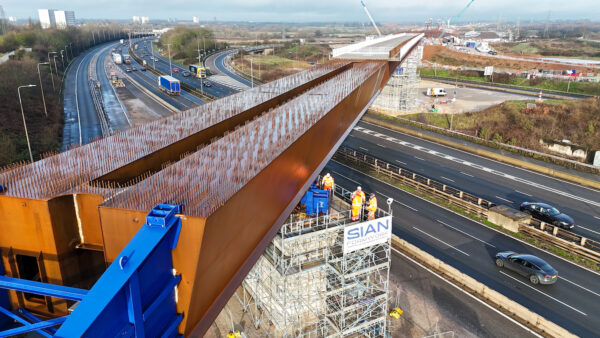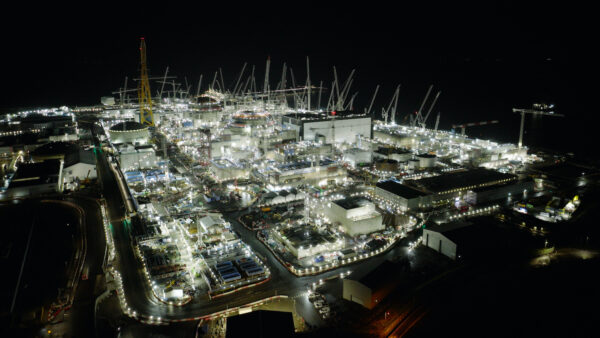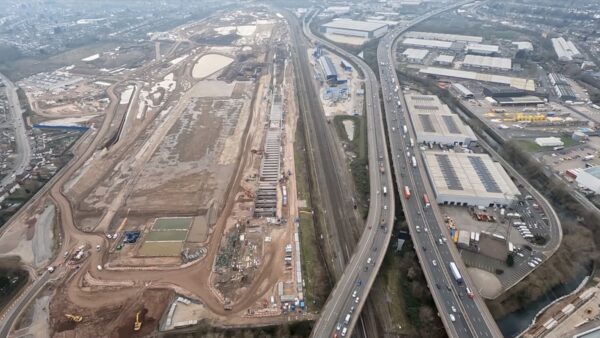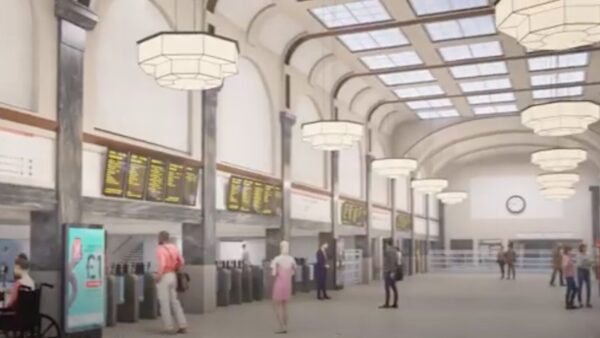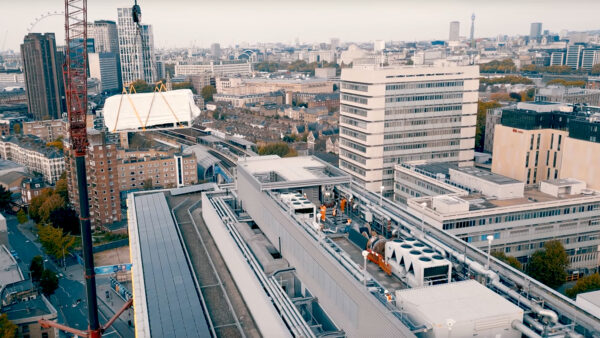A Balfour Beatty Vinci joint venture has demolished a disused railway bridge in Saltley near Birmingham, using the expertise of specialist demolition contractor John F Hunt.
The bridge in Saltley near Birmingham was taken down in preparation for the construction of the northern section of HS2’s Phase One route between London and the West Midlands.
The decommissioned Heartlands Parkway bridge originally connected the A47 with a nearby industrial park, crossing over the Birmingham to Derby rail line. The bridge needed to be removed because it stood in the path of the HS2 line into the new Curzon Street Station in Birmingham city centre.
Balfour Beatty Vinci will now construct the one-kilometre-long Washwood Heath retained cut, and the team will start by building piling platforms for the 1,800 metres diaphragm wall, with piling works commencing later this year.
HS2’s Washwood Heath depot will also be constructed next to the railway in this area, which will be HS2’s central control centre and maintenance depot, including a 40,000m2 rolling stock maintenance building, carriage wash, automatic vehicle inspection building and 14 sidings where trains can be stored overnight.
Jean-Baptiste Tessier, construction director at Balfour Beatty Vinci said: “The demolition of the A47 bridge signifies yet another milestone in the delivery of the northern section of the UK’s high-speed railway, paving the way for the new HS2 route into Curzon Street Station.
“Over the course of four weekends, our expert team safely and successfully removed the structure, working alongside Network Rail and Birmingham City Council to reduce disruption to the travelling public, wherever possible.”
Tony Fenwick, operations director for John F Hunt Regeneration (Industrial) said: “The location of the bridge was particularly unique as it crossed over seven freight and commuter rail lines and was originally constructed using over 685m3 of concrete, 165 tonnes of reinforcement and 250 tonnes of structural steel.
“Fifty people were involved in the precision operation each weekend, with engineers using specialist equipment, including excavators fitted with concrete pulverisers and breakers to demolish the bridge piece by piece, allowing the structural steel to be lifted away by crane. It was a great experience to help deliver such a crucial part of the HS2 project.”



